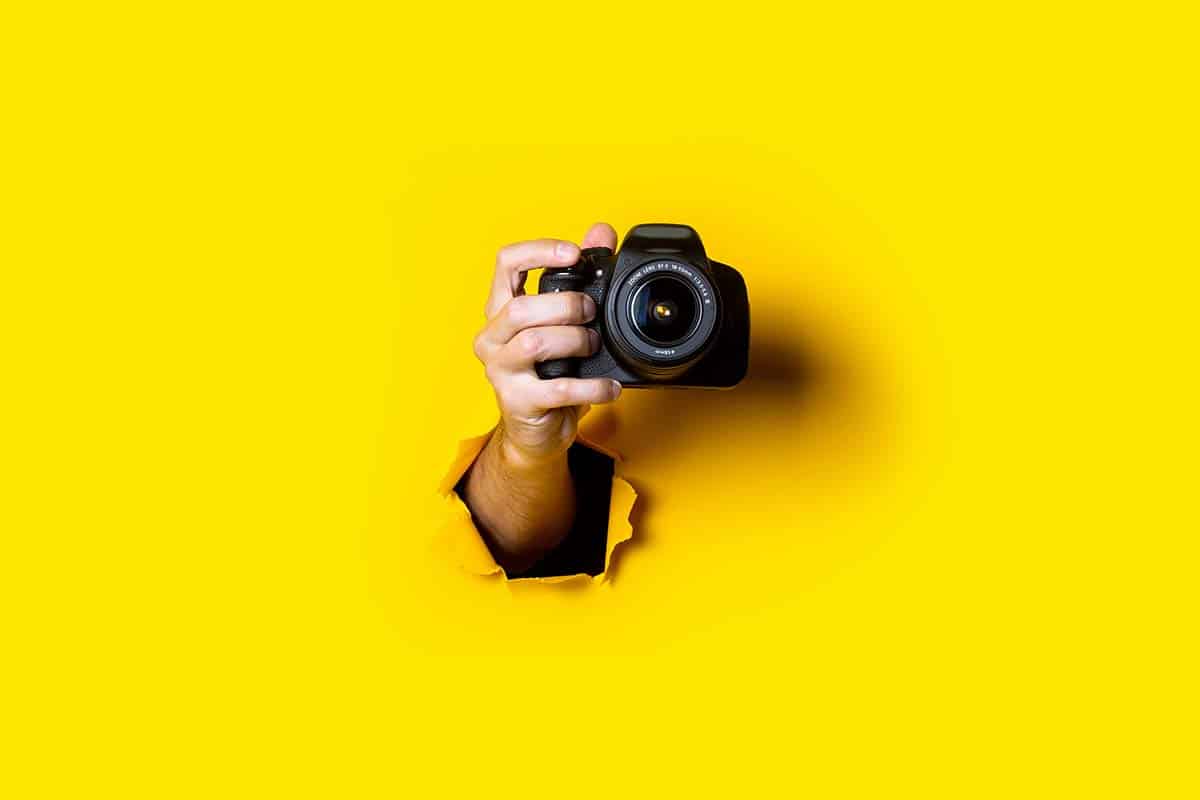The Benefits of Shooting Raw: How It Can Elevate Your Photography Game

the benefits of shooting raw how it can elevate your photography game
Introduction to Raw and JPEG Files
As digital cameras have become more sophisticated, so too have the image file formats they produce. In addition to JPEG, the industry-standard format for small, web-friendly images, most digital cameras now also offer the option to shoot “raw.”
Raw files are larger and contain more data than JPEGs, giving you more flexibility when it comes to editing your photos. Raw files can be converted into JPEGs, but once you’ve done that, you can’t convert them back into raw files.
There are many benefits to shooting raw, including the ability to make non-destructive edits, higher-quality images, and more control over your final product. If you’re serious about photography, shooting raw is a great way to elevate your game.
Benefits of Shooting in Raw Format
There are many benefits to shooting in raw format, especially if you are a serious photographer. Raw files are larger and contain more data than JPEGs, so they offer more flexibility when it comes to editing. With a raw file, you can adjust things like white balance, exposure, and sharpness without losing any quality.
Raw files also give you the ability to correct problems that may have occurred during the shoot, such as over- or underexposure. And if you want to print your photos, raw files will produce the best results.
So if you’re ready to take your photography to the next level, shooting in raw format is a great place to start.
Preparing to Shoot in Raw
As a photographer, you always want to be shooting raw. Raw files are the best quality and offer the most editing options. They’re also the largest files, so you need to make sure you have a good amount of storage space before you start shooting in raw. Here are a few tips to help you prepare for shooting in raw:
1. Invest in a good quality camera – This is the most important step to take when preparing to shoot in raw. A good-quality camera will allow you to produce high-quality raw files that will be great for post-processing and printing.
2. Get familiar with your camera’s settings – Before you start shooting in raw, take some time to get familiar with your camera’s settings. Know where the different buttons and dials are located so that you can quickly change settings as needed while you’re out shooting.
3. Format your memory card – You’ll want to format your memory card before you start shooting in raw so that all of your photos are saved in the same format. This will make it easier to keep track of your photos and edit them later on.
4. Set up a file naming system – When saving your raw files, set up a file naming system that will help you keep track of all of your photos. This can be as simple as using dates or a numbering system.
5. Shoot in manual mode – When shooting in raw, it’s best to shoot in manual mode so that you can control all of the settings. This will give you more control over how your photos turn out and will also help you keep track of your settings for each shot.
6. Take lots of test shots – As with any type of photography, it’s always a good idea to take some test shots before shooting in raw to make sure that your settings are correct. Once you get a few shots that look good, make sure to keep notes on the settings used so that you can recreate the same look later on.
How to Evaluate and Adjust a Raw File
When it comes to digital photography, there are two main file formats that you can choose from: JPEG and RAW. JPEG files are smaller in size and ready to be used straight out of the camera, while RAW files are larger and need to be edited in post-processing before they can be used.
So, why shoot RAW if it requires more time and effort to get the final image? There are a few reasons! First, shooting in RAW gives you more flexibility when it comes to editing your photos. You can adjust things like white balance, exposure, sharpness, and more without affecting the quality of the image. JPEG files are already processed by the camera, so any adjustments you make will result in a lower-quality image.
Second, RAW files contain all of the information that was captured by your camera’s sensor. This means that you can edit your photo in a way that brings out all the details and colors that were present when you took the photo. With JPEGs, some of this information is lost during compression, so you won’t be able to get the same level of quality no matter how much you edit them.
If you’re new to shooting RAW, don’t worry! It’s not as difficult as it may seem at first. Here are some tips on how to evaluate and adjust a RAW file:
1. Start by opening your RAW file in Adobe Photoshop or Lightroom (these are both great for editing RAW files).
The Full Potential of Shooting in Raw
Shooting raw allows you to maximize the potential of your photos. With raw files, you have more control over the final image because you can make adjustments to things like white balance, exposure, and sharpness without damaging the underlying image data. This gives you a lot more flexibility when it comes to editing your photos and ensures that you can always get the most out of your shots.
Raw files also offer a greater dynamic range than JPEGs, meaning that they can capture a wider range of shadows and highlights. This is especially useful in high-contrast situations, such as when shooting outdoors in bright sunlight. By shooting raw, you can be sure that all the details in your photo will be preserved, giving you more leeway to edit it later on.
Overall, shooting in raw provides a number of advantages that can help take your photography to the next level. If you’re not already using this file format, we encourage you to give it a try – you might just be surprised at how much it can improve your work!
Tools for Processing Raw Files
One of the great things about shooting raw files is that they offer a lot of flexibility in terms of post-processing. Raw files are not yet processed and therefore contain all of the data captured by the camera sensor. This gives you a lot of control over how the final image will look.
There are a number of different tools available for processing raw files. Some are designed specifically for raw files, while others can work with both raw and JPEG files. Below are some of the most popular options:
Adobe Camera Raw: Adobe Camera Raw is a plugin for Adobe Photoshop that enables you to open and edit raw files. ACR comes with a number of powerful editing tools, including noise reduction, white balance, exposure, and contrast adjustment.
Lightroom: Lightroom is a photo management and editing program from Adobe. It includes many of the same features as ACR but is designed specifically for working with large numbers of photos. You can use Lightroom to organize your photos, make global adjustments, and export finished images.
Aperture: Aperture is a photo management and editing program from Apple. Like Lightroom, it includes features for organizing and adjusting large numbers of photos. Aperture also offers some unique editing tools, such as brushes for selectively applying adjustments.
Capture One: Capture One is a raw file converter and editor from Phase One. It offers excellent raw file conversion quality and a wide range of advanced editing features.
Final Thoughts on Shooting Raw
When it comes to shooting raw, there are a few things to keep in mind. First and foremost, raw files are larger than JPEGs, so you’ll need a bigger memory card and more storage space. Second, raw files take longer to edit, so if you’re looking for a quick turnaround time, shooting raw may not be the best option. Third, you’ll need special software to edit raw files (Adobe Camera Raw or Lightroom are two popular options), so factor that into your budget.
However, despite all of these potential drawbacks, shooting raw can be an incredibly powerful tool for elevating your photography. Raw files offer much more flexibility in terms of editing and color correction, so if you’re willing to put in the extra time and effort, the results can be stunning. If you’re serious about taking your photography to the next level, give shooting raw a try – you may be surprised at just how much it can improve your photos!






Need help with your SEO?
Let my team help you like we’ve helped lots of other businesses dominate their rankings and attract better-quality leads.




